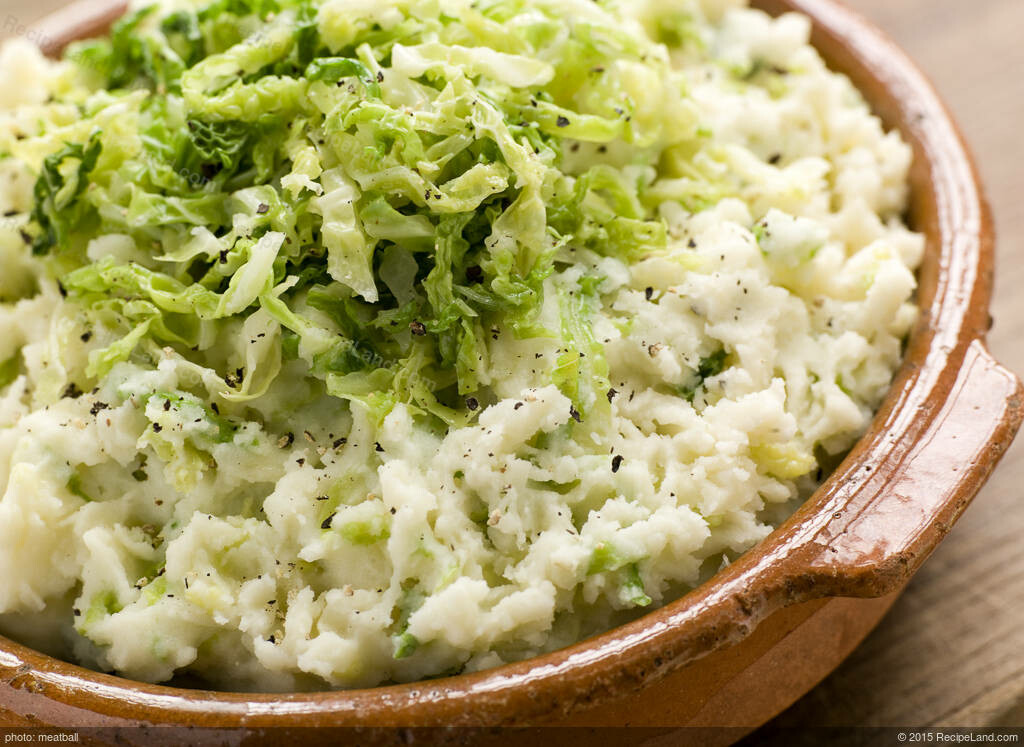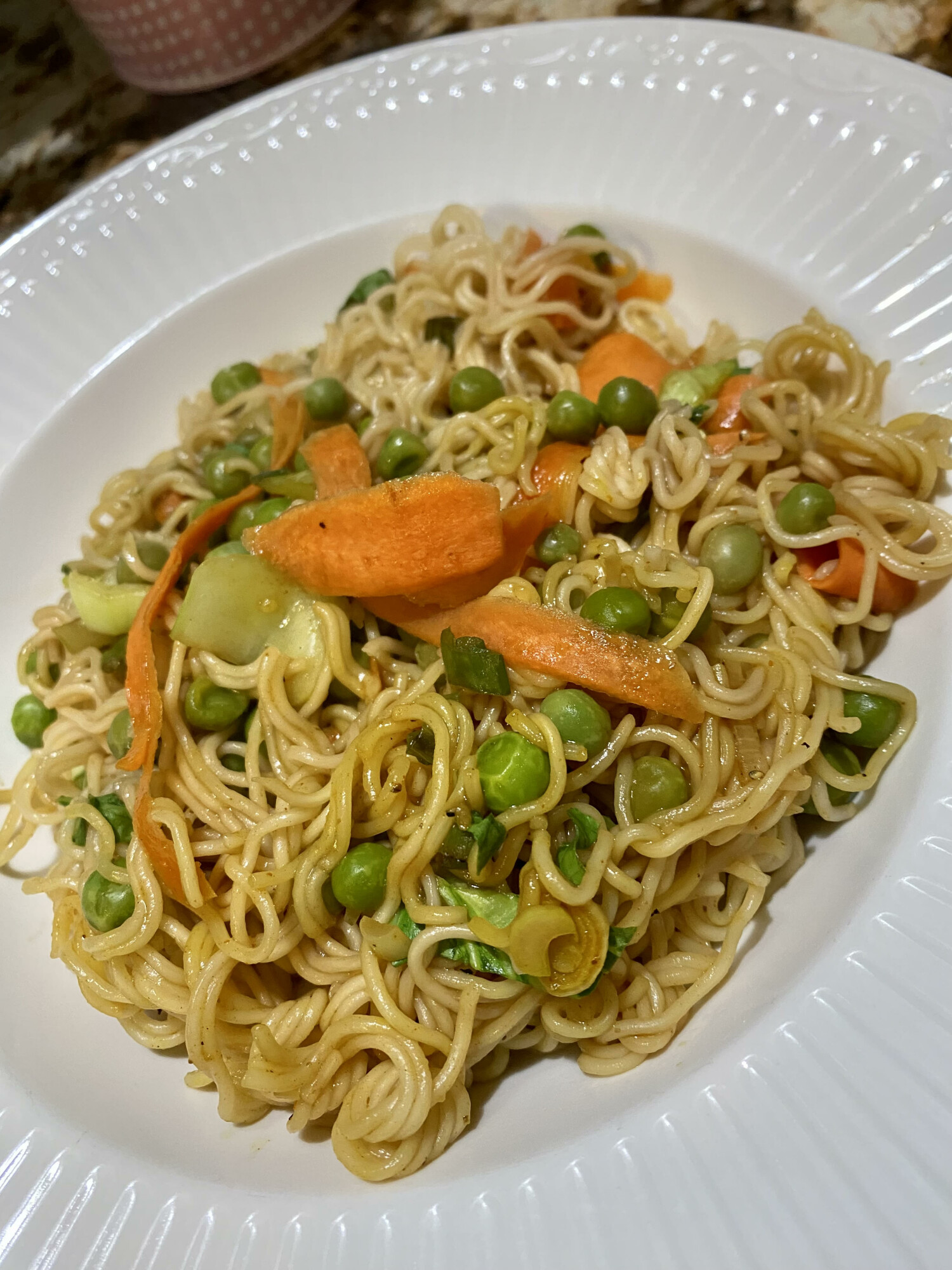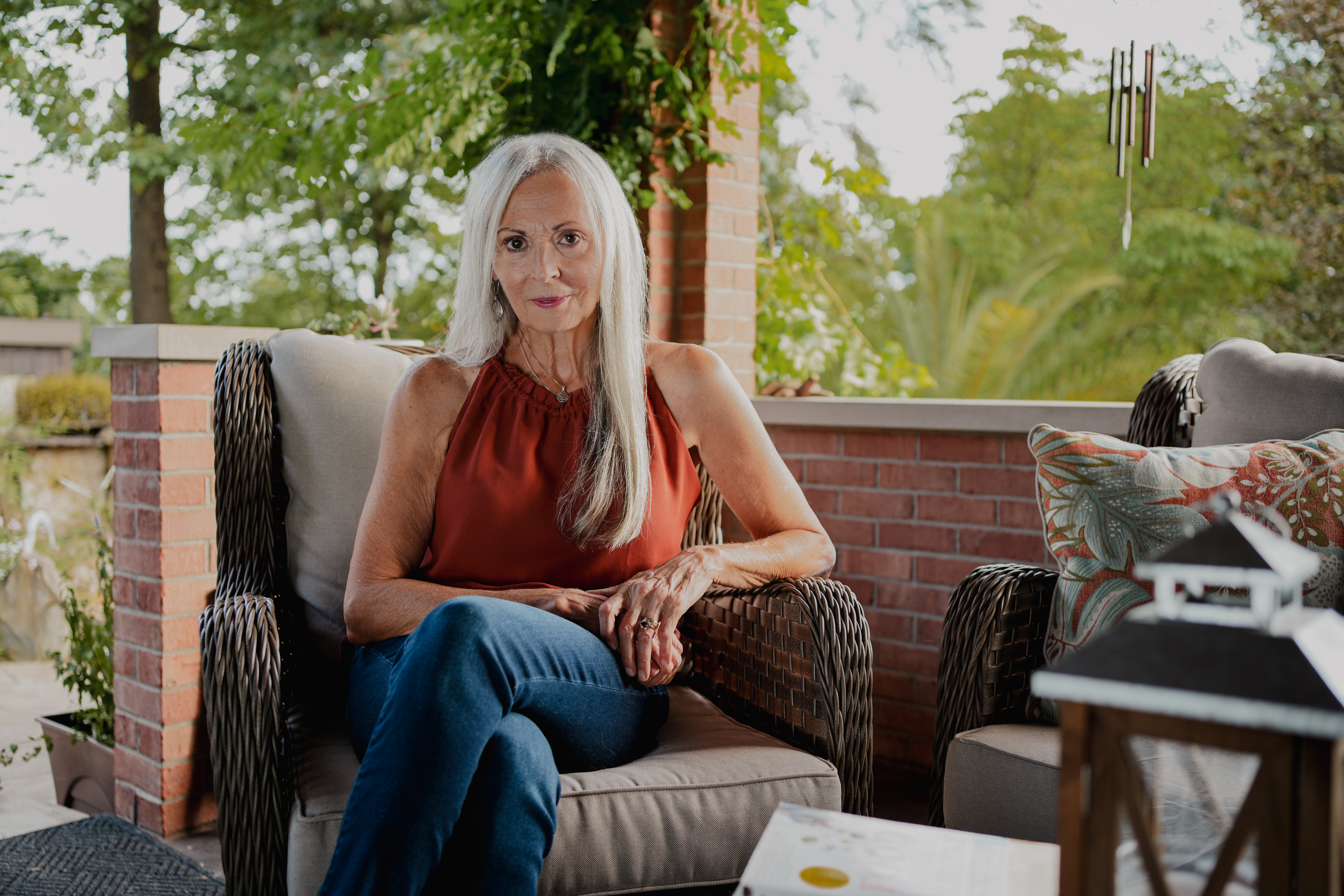Beans and Rice

Beans and rice are a staple in many cultures around the world and it certainly does not need to be boring! This grain and legume combo provides needed nutrients, so let's add more. This dish is low cost and filling and a great one pan meal. Extra vegetables and seasonings make it pretty tasty! Here is my recipe below, but you can modify it and make it even more spicy. Prep time was about 30 minutes. Serves 6
Ingredients
- 1 cup rice (white or brown)
- 1 can black beans (UNDRAINED)
- 3/4 cup frozen corn
- 1 shallot or small onion, diced
- 1 red pepper, diced
- 1 cup vegetable broth
- 1/2 jar salsa
- splash of balsamic vinegar
- 1/2 teaspoon cumin
- 1/2-3/4 teaspoon dried cilantro
- salt and pepper to taste.
- 1/2 lime
Instructions
Add the diced onions to a large, hot skillet. Sauté and stir so that they do not stick. Meanwhile, start cooking your rice.* Once onions are a bit browned, add the diced red pepper. Stir and sauté for a few minutes. Add a splash of balsamic vinegar. Stir in the corn and about half of the vegetable broth. Stir and simmer for a few minutes. Add the undrained black beans and salsa. Stir. The mixture should be a bit creamy. Add the seasonings and squeeze in the lime juice. Add more vegetable broth if needed so that the mixture is creamy. Add in your cooked rice and stir. Add more broth if needed as the rice might absorb the moisture. Let simmer a few minutes to meld the flavors. Top with a few slices of avocado if desired.
*Rice cooking tip: I cook my rice like pasta, adding more water than needed. Once done, drain the excess water.
Lo Mein Stir Fry

Ingredients
- 8 oz package of lo mein noodles
- 1 medium head broccoli, cut in small florets
- 1 small Bok choy, sliced
- 1 medium/large red pepper, julienned
- 4 scallions (whites & greens) sliced
- Toasted sesame seeds (optional)
- Sliced almonds (optional)
- 1 cup vegetable broth
- 1/4 low sodium tamari (soy sauce)
- Sesame oil
- Umami for drizzling
- Salt & Pepper
- Garlic powder
Instructions
Drizzle a little sesame oil in hot pan on medium high heat and add onions and peppers; sauté for about 4 minutes, add broccoli and the whites of the Bok choy; add salt, pepper & garlic powder, sauté and stir for about 3-4 minutes; add the vegetable broth and tamari. Cover and simmer until the vegetables are "al dente" tender. Add the greens of the Bok choy and simmer another few minutes. While the vegetables are simmering, cool the noodles according to package directions. Drain noodles and add them to the vegetables. Stir thoroughly. At this point, you can add more tamari, and the sesame seeds. Stir and drizzle with the Umami sauce and top with the sliced almonds. Serves 5-6
This recipe takes approximately 40 minutes and is a healthy substitute for take-out.
Tamari and Umami sauce can be found in the Asian section of your grocery store. Great to have on hand if you love Asian cuisine.
Quinoa Bowl

Bowls are a wonderful way to make healthy eating easy. You can get creative when making your own bowls, depending on how much time you have, because there isn't a set recipe!
My quinoa bowl is a favorite to make and eat, adding broccoli, chickpeas, onions, garlic, yellow or red pepper. If I make this a cold salad, I use raw broccoli, and add cucumbers and tomato to the listed ingredients. For this bowl, I made a citrus vinaigrette with white balsamic vinegar, 2 tablespoons hummus, and fresh lime juice from 1/2 lime. Salt & pepper to taste.
Building a bowl:
Step 1 - your grain base: rice, quinoa, farro, potatoes, whichever is your favorite.
Step 2 - your vegetable-raw, steamed or sauteed. Add cucumbers and tomatoes if making a cold salad.
Step 3 - your protein: any kind of beans or lentils; if you like tofu, add some cubed baked tofu (marinate it in balsamic vinegar and tamari and bake until crispy), or crumbled *tofu.
Step 4 - savory garnishes like, peppers, onions, garlic. If I am making a hot bowl, I will sauté my onions and garlic and in a hot skillet and then stir in some tamari or balsamic vinegar towards the end.
Step 5 - get spicy: salt, pepper, herbs like fresh basil or parsley, hot sauce, or whatever spices you like.
Remember: this is your bowl, get creative! Get the kids involved and make it fun.
*Tofu tips: for baking or stir frying, use firm or extra firm. Drain well and let it sit wrapped in white paper towels or clean dish cloth.

Colcannon Potatoes (cabbage and potatoes) are an Irish mashed potato recipe and usually served with lots of butter and cream. Here is a healthier alternative to this yummy St. Patrick's Day favorite that I love to make from MonkeyandMeAdventures.com
Ingredients
- 1 large yellow onion, fine diced (or green onions like the traditional recipe)
- 2 tablespoons minced garlic
- 4 cups roughly chopped green cabbage (I like savoy)
- 1 cup low-sodium vegetable broth
- 1 teaspoon apple cider vinegar
- 1/2 teaspoon pure maple syrup
Spices
- 1 teaspoon onion powder
- 1/2 teaspoon smoked paprika
- 1/2 to 1 teaspoon salt
- 1/4 teaspoon black pepper
- 3-5 lbs Russet or Yukon potatoes (depending on how much you want to make)
Instructions:
Prepare mashed potatoes: peel, cut in cubes and cook potatoes; mash using 1/2-1 cup unsweetened plant milk, salt, black pepper, 1 teaspoon onion powder, 1 teaspoon garlic powder.
Mix together the spices & herbs into a small bowl.
In a large, hot skillet, add the diced onions, sauté over medium heat until they begin to soften, stir to prevent sticking (you can add a bit of broth if they stick)
Add the minced garlic and continue to sauté for another minute, then add the cabbage and remaining ingredients, including the spice mix. Simmer for 15 minutes until the cabbage is tender.
Remove from stove. The cabbage should soak up the liquid. Fold the cabbage into the mashed potatoes.
Enjoy!
Healthy Ramen Noodles

Ramen noodles always reminds me of a college dorm room, with students eating the cheapest and quickest food to eat. Ocean's Halo Organic Ramen Noodles contains 290 mg of sodium in one packet, compared to 891 mg in the instant chicken flavored ramen found in the dorm room! Ocean's Halo contains 4 packets per box. I found them in the Asian aisle in my local grocery store. I used 3 packets for this recipe, which made enough for 2 dinners and 2 lunches for the next day.
Ingredients
- 3 packets Ocean's Halo Ramen noodles
- 1-1/2 to 2 cups veggie broth
- 3 scallions, sliced
- 1 cup frozen peas
- 2 baby or 1 medium Bok choy (slice and keep the top greens separate)
- 2 carrots, shaved with peeler
- Low sodium tamari sauce
- San-J Umami with red miso (optional, but gives the dish a wonderful flavor
- Salt, pepper, paprika, turmeric spices
Instructions
Add sliced scallions to a large, hot frying pan. Stir for a few minutes, add the whites of the Bok choy, peas, and around 1/2 cup veggie broth, a few splashes of Tamari, and a drizzle of Umami. Stir and simmer for about 10 minutes. Add the greens of the Bok choy, and the carrots. Season with salt, pepper, turmeric and paprika (as much as you like) Add more veggie broth if it looks dry. Meanwhile, cook the noodles according to package directions, drain when done and add to frying pan. Add a few splashes more tamari and umami. Simmer until all vegetables are tender. Add more veggie broth if it looks dry or if you like it more "brothy". Chop sticks are optional!




